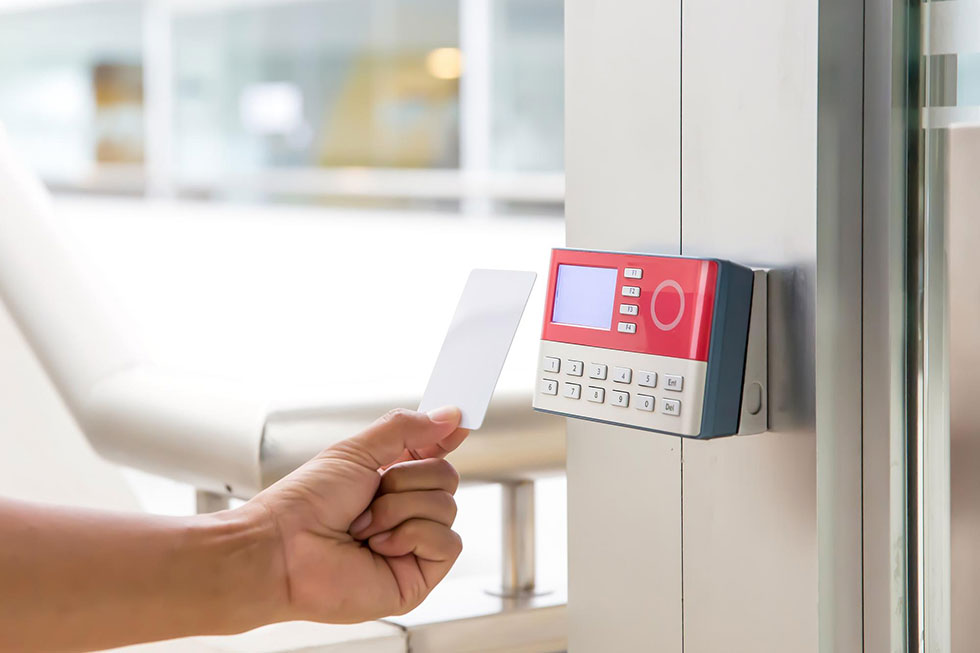
Technology has enabled businesses to enhance security measures to keep their workplace, employees, and clients safe. A proximity card is an innovative security system that plays a crucial role in preventing theft and other criminal activities. A proximity card can be read without inserting it into a reader or device. The contactless card uses a low 125 kHz radio frequency to transmit access and consists of a metallic antenna coil that stores the cardholder’s data.
Proximity cards, also known as HID proximity cards, are the ideal addition to workplace security systems where human interaction isn’t always possible. It allows authorized employees to enter the building and limits unauthorized individuals from accessing areas with sensitive data. If you are considering taking your security system to the next level, take some time to learn more about proximity cards.
How Do Proximity Cards Work?
A proximity card contains a pre-defined number identified by a proximity card reader programmed to ‘read’ it and either grant or denies access to a building or area. Proximity card readers use an electromagnetic field to detect nearby cards and transmit data through the reader to the control panel.
Contactless card technology enables users to enter an area without requiring physical identification from security personnel. This limits the number of people that can enter certain areas, which is highly beneficial for businesses that deal with sensitive information, such as healthcare facilities that store patient data.
What Information Does the Card Hold?
Proximity cards cannot hold more data than a magnetic stripe card, but they hold just enough information required to do their job. It only contains the user’s ID number, which is enough to identify the cardholder. If you have the right programming equipment, the cards need to be programmed by your vendor or at your workplace. At Avon Security Products, we offer a range of proximity cards and equipment, and our experts can help you choose the one that best suits your individual needs.
Depending on the reader, proximity cards can generally be read anywhere between three to 20 inches from the reader. The high read range sometimes allows you to tap the card through a wallet or purse, offering easy access to your workplace.
Why Should You Use a Proximity Card?
Proximity cards can add significant value to your company, so here are some reasons to consider implementing the system at your workplace.
Limit Unauthorized Access
Only authorized individuals with proximity cards can enter your workplace or specific areas in the building, reducing the risk of theft, data breaches, and other privacy violations. This also helps employees feel safe in their work environment, knowing that unauthorized individuals cannot enter the area.
Records of Access
Proximity cards can hold information about who accessed a particular area at a given time. If you program the card system to collect this data, you can revisit the data during a data breach or other violation, allowing you to identify who was on-site at the time. A lead private investigator and former federal agent shares that most crimes against businesses are committed by their employees. So, a robust security system can reduce this risk and discourage employees from engaging in fraudulent activities.
Low Risk of Duplication
Since each proximity card is personalized, it is challenging for people to duplicate the card and enter the workplace. The security technology can be invisibly embedded into an ID card, so thieves or intruders cannot identify the technology quickly and are unlikely to duplicate it.
Proximity cards can add immense value to your organization, allowing you to keep the workplace secure and reduce the risk of theft, data breaches and privacy violations. Contact Avon Security Products to learn about the different types of proximity cards available today!
